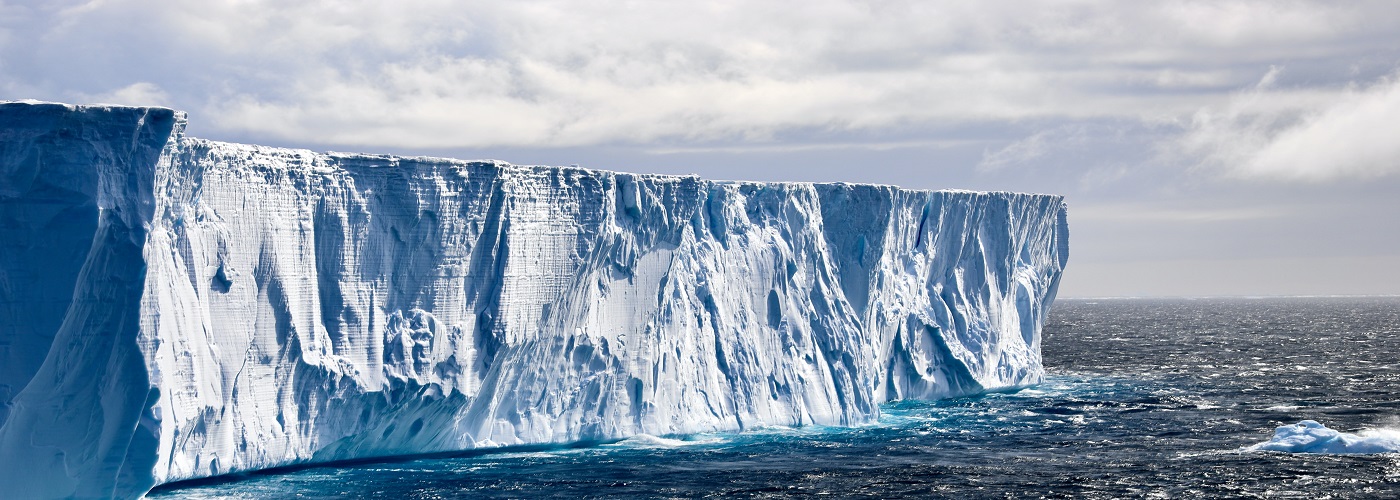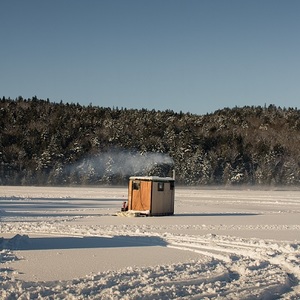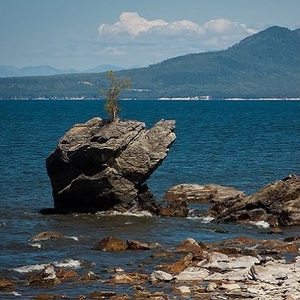

When one hears the word “cryosphere,” they may think of cryogenics. This is because the root of the word begins with the Greek word “krios,” which means cold. Cryogenics has become a popular word in recent decades, as it refers to the deep-freezing of people who recently died. The hope being that science will somehow allow them to be revived at a later time. Aside from Austin Powers, others have not been so fortunate in this endeavor. On the other hand, cryosphere is the word given to the sum of the water on Earth that is in a frozen state. This encompasses the numerous forms of ice that range from ice sheets and glaciers to snow and permafrost.
Of all the water on Earth, only about 1.75 percent of it is in the form of ice at any given time. This number does fluctuate a bit during the year. This is because the hemisphere that is experiencing winter will see more ice and snow buildup, while the opposing hemisphere sees a decrease. It’s no surprise that the majority of the Earth’s water is housed in the oceans. Nearly 97% of it, in case you were wondering. However, when it comes to the amount of freshwater across the globe, the cryosphere accounts for nearly 70% of it. The last 30 percent is mostly groundwater along with that found in lakes and rivers.
Along with housing a lot of our freshwater supply, the cryosphere is also of importance when looking at global climate. Global climate is all about looking at the Earth’s energy balance. This is a study of how much energy is taken in by the Earth (from the Sun), balanced by how much energy is lost back to space. The reason the Earth is warming at a heightened rate during the past decades is due to the smaller amount of energy the Earth is losing to space.
The cryosphere is a major contributor to energy loss back to space. This is due to the high “albedo” of snow and ice. When the Sun comes into contact with the cryosphere, the majority of its energy is lost back to space. Unfortunately, with a warming climate, the size of the cryosphere has been shrinking, thereby acting as a positive feedback loop in our climate system.

